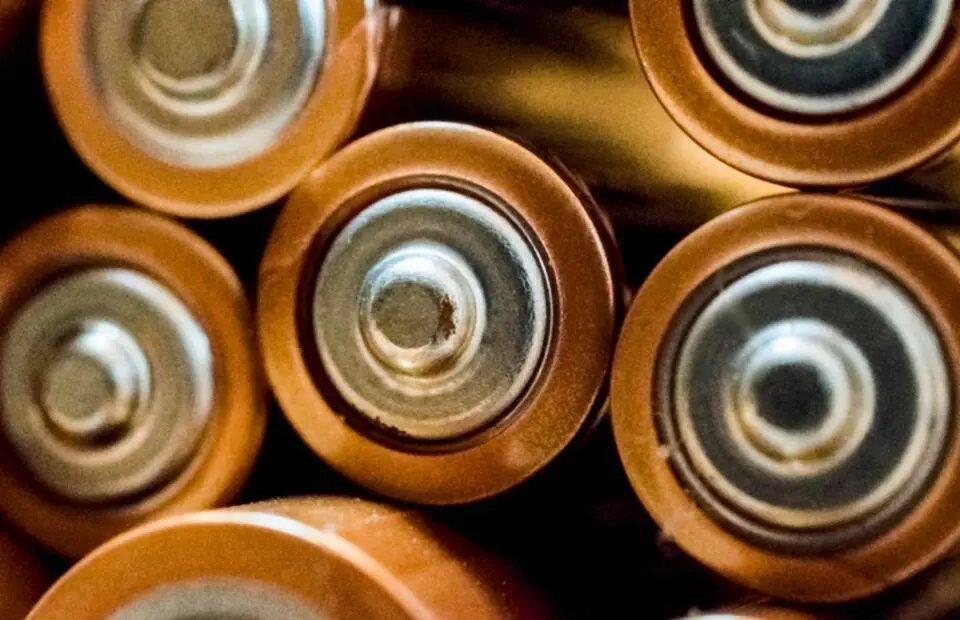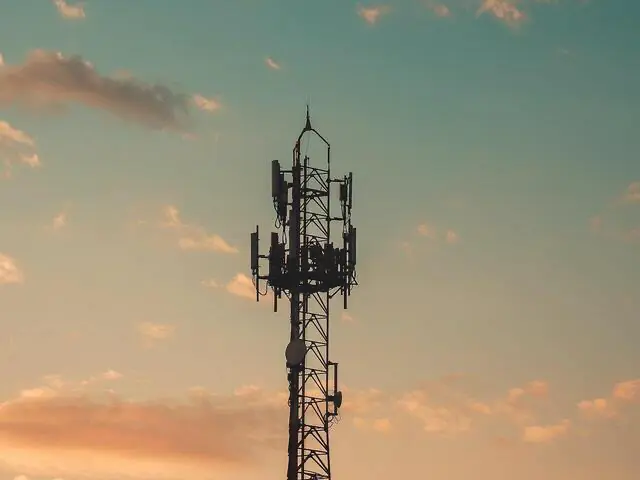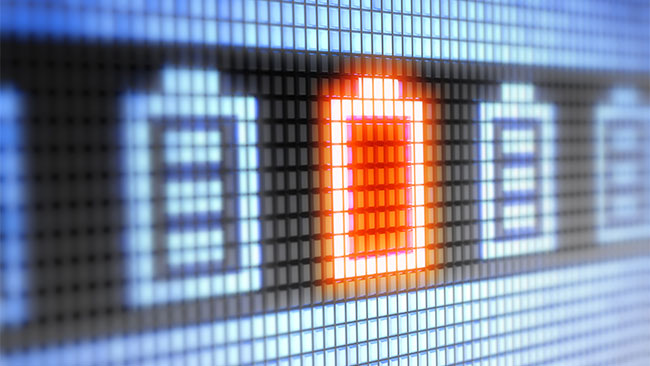Battery life is one of the most critical aspects of any IoT deployment. Ensuring that your IoT devices operate efficiently without frequent battery replacements or recharges can be a significant challenge. The key to overcoming this challenge lies in understanding the factors that impact battery consumption and leveraging the right connectivity technologies.
In this article, we’ll explore the best practices for IoT device battery life optimization and how selecting the appropriate connectivity options, like those offered by Wagtel, can extend the life of your IoT devices.
Understanding the Impact of Connectivity on Battery Life
The choice of connectivity technology plays a crucial role in determining the battery life of IoT devices. Older technologies like 2G and 3G are power-hungry and can quickly drain batteries. With the upcoming 2G and 3G network sunset, it’s essential to consider alternatives like Sigfox, LoRaWAN, and NB-IoT. These low-power wide-area networks (LPWANs) are designed to minimize energy consumption, making them ideal for IoT applications requiring long battery life.
Meanwhile, 4G and 5G are at the forefront of modern telecommunications, offering high-speed data transmission. However, these technologies can be more power-intensive, which might not be suitable for all IoT devices. By adopting a technology-agnostic approach, businesses can select the most appropriate connectivity option to extend device battery life. Learn more about the Advantages of Technology-Agnostic IoT Solutions.
Common Causes of Battery Drain in IoT Devices
One of the most significant factors affecting IoT device battery life is the frequency of data transmission. Every time an IoT device sends or receives data, it consumes energy. Devices that frequently transmit large amounts of data, especially over power-hungry networks like 4G or 5G, can quickly deplete their batteries. For applications that don’t require real-time data, optimizing the frequency of data transmissions or batching data can significantly reduce power consumption, contributing to better IoT device battery life optimization.

Choosing the wrong network for an IoT deployment can also be a major drain on battery life. For instance, using high-power networks like 4G or 5G for applications that only require low-bandwidth, infrequent data transfers is inefficient and unnecessarily drains battery power. Networks like NB-IoT and LoRaWAN are designed to offer low power consumption, making them more suitable for applications where IoT device battery life optimization is critical. Additionally, selecting the wrong network can lead to connectivity issues, causing devices to constantly search for signals, further depleting battery life.
To ensure your devices are using the most efficient network for their needs, it’s crucial to choose the right carrier technology for IoT devices, which can significantly extend battery life and improve the overall efficiency of your IoT deployment.
Optimizing Battery Life through Connectivity Choices

When it comes to IoT device battery life optimization, the choice of connectivity technology plays a pivotal role. Older technologies like 2G and 3G are notorious for their high power consumption. With the 2G/3G network sunset, IoT deployments are increasingly shifting towards more energy-efficient options. NB-IoT and LoRaWAN, for example, are designed specifically to minimize power consumption, making them ideal for applications requiring long battery life.
4G, while more power-hungry than NB-IoT or LoRaWAN, offers a balance between battery life and performance. It’s especially useful for applications that require higher data rates but still need to consider power efficiency. 4G can be optimized for battery life by adjusting transmission frequencies and power settings, making it a versatile option for a wide range of IoT deployments. For more insights, check out why 4G Connectivity is Ideal for IoT Solutions. As the IoT landscape evolves, selecting the right connectivity is essential to extend battery life while meeting performance needs.
Best Practices for Extending IoT Device Battery Life
One of the most effective ways to extend battery life in IoT devices is by minimizing the frequency of data transmissions. By sending data at longer intervals or batching multiple data points together, devices consume less power. This strategy is particularly effective in applications where real-time data isn’t critical, allowing for more energy-efficient operation and better IoT device battery life optimization.
Using Sleep Modes and Power-Saving Features
Sleep modes and power-saving features are essential for extending the life of IoT devices. These features allow devices to enter low-power states when not actively transmitting or processing data, significantly reducing power consumption. For instance, many IoT devices are designed to wake up only when necessary, such as when a sensor detects a specific condition or at scheduled intervals. Implementing these features ensures that devices use power only when absolutely needed, thus prolonging battery life.
Understanding these components and how they interact within an IoT system is critical for optimizing battery life. For a deeper dive into the workings of IoT and its components, check out Understanding IoT and its Components.
Successful Battery Life Optimization in IoT Projects
In the realm of IoT, poor battery management has led to the failure of many projects. For instance, devices deployed in remote locations often faced connectivity issues that caused them to search for networks continuously, rapidly depleting their batteries. This lack of planning resulted in frequent device failures, high maintenance costs, and ultimately, the failure of the IoT deployment. To understand more about why IoT projects fail, explore Why IoT Projects Fail.
Conversely, successful IoT deployments have implemented strategies such as reducing data transmission frequency and utilizing power-saving modes. These projects have seen significantly extended battery life, reduced maintenance costs, and improved overall efficiency. By selecting the right connectivity technologies and employing best practices, these projects have demonstrated the importance of strategic planning in IoT deployments. For insights on planning your IoT project, consider reading Questions to Ask Before Global IoT Deployment.
Conclusion
Optimizing IoT device battery life is crucial for the success and longevity of any IoT deployment. By carefully selecting the right connectivity technologies, reducing data transmission frequency, and leveraging power-saving features, you can significantly extend the life of your devices. Real-world examples highlight the importance of strategic planning and effective battery management.
To explore how Wagtel’s IoT solutions can help enhance battery life in your IoT devices, discover our offerings here.






